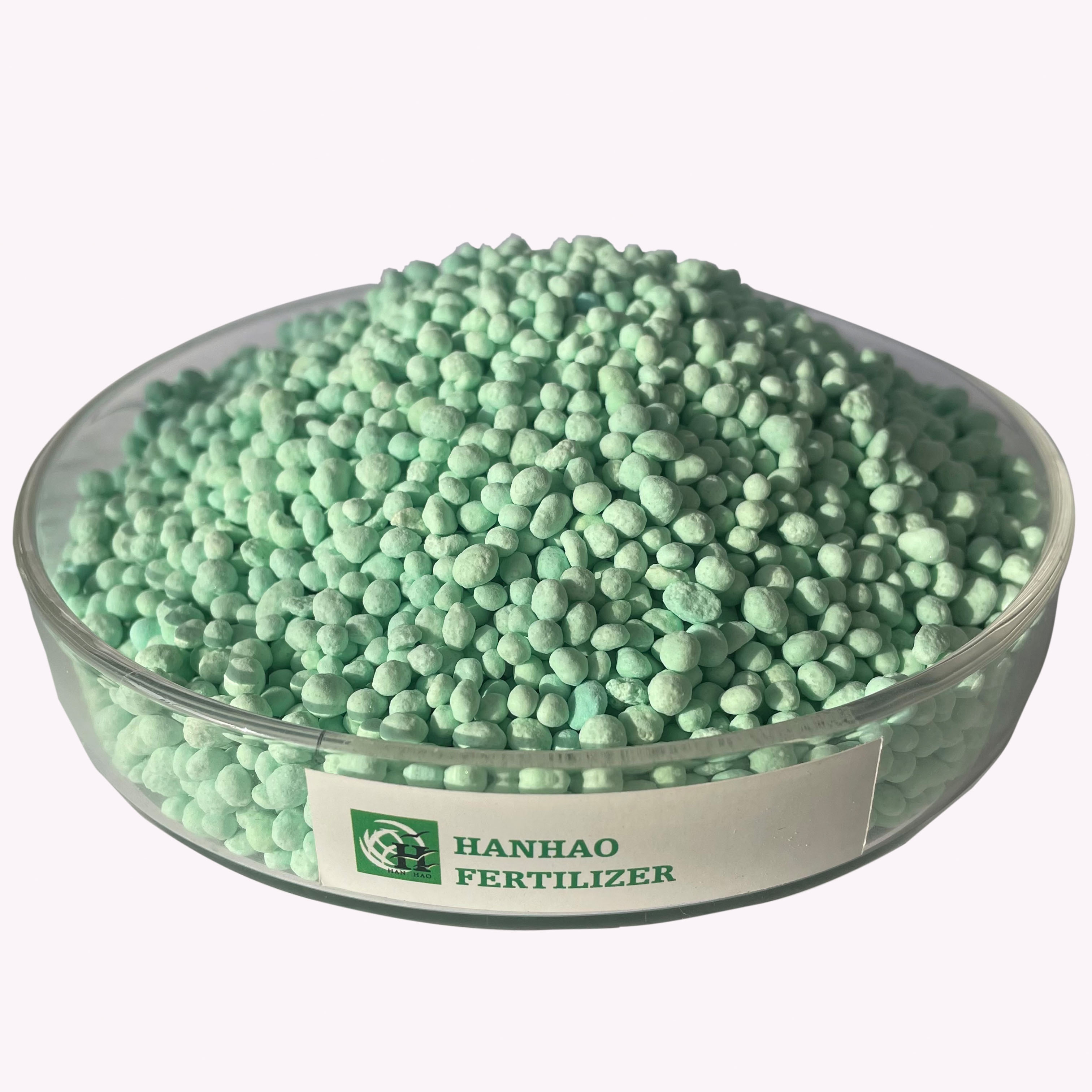
Dec . 26, 2024 08:48 Back to list
Urea and Diammonium Phosphate Nutrient Solutions for Optimal Plant Growth and Fertility
The Role of Urea and Diammonium Phosphate in Agriculture
Agriculture has always been at the forefront of human development, significantly influencing food production and sustainability. Among the many inputs that enhance agricultural productivity, fertilizers play a crucial role. Two prominent fertilizers, urea and diammonium phosphate (DAP), are widely used due to their efficiency in providing essential nutrients to crops. Understanding their properties, applications, and the synergy between them is vital for optimizing agricultural yields.
Urea A Key Nitrogen Source
Urea, a nitrogen-rich compound with the chemical formula CO(NH2)2, is one of the most commonly used nitrogen fertilizers. It contains approximately 46% nitrogen, making it one of the most concentrated nitrogen fertilizers available. The significance of nitrogen in plant growth cannot be overstated; it is a fundamental building block of amino acids, proteins, and chlorophyll, all of which are vital for plant health and productivity.
When applied to soil, urea undergoes hydrolysis to form ammonium carbonate, which subsequently converts to ammonium ions (NH4+). These ions are readily absorbed by plant roots. Urea's high nitrogen content allows farmers to achieve significant gains in crop yield, making it particularly beneficial for high-nitrogen-demand crops such as corn, wheat, and rice. However, its application must be carefully managed to minimize nitrogen loss through volatilization and leaching.
Diammonium Phosphate A Phosphorus Powerhouse
Diammonium phosphate, with the chemical formula (NH4)2HPO4, serves as a crucial source of both nitrogen and phosphorus. DAP is composed of approximately 18% nitrogen and 46% phosphorus, supplying essential macronutrients that foster robust root development, improve plant resilience, and enhance overall growth. Phosphorus, in particular, is vital for energy transfer within the plant, as it forms part of ATP (adenosine triphosphate), the energy currency of cells.
The application of DAP is beneficial during the planting stage, as it ensures that crops have immediate access to these nutrients, promoting early growth and increasing the likelihood of high yields. DAP has also been shown to improve soil structure and nutrient availability, which can lead to enhanced microbial activity in the soil—a crucial factor for sustainable farming practices.
urea and diammonium phosphate

Synergistic Effects of Urea and DAP
When used in conjunction, urea and DAP can create a synergistic effect that maximizes nutrient availability and enhances overall plant growth. The combined application of these fertilizers can address multiple nutrient deficiencies simultaneously, providing a more balanced nutrient profile that can lead to improved crop performance.
One of the significant advantages of using urea and DAP together is the optimization of nutrient uptake efficiency. The presence of nitrogen from urea can enhance the uptake of phosphorus from DAP, as nitrogen facilitates certain transport processes within the plant. This synergy can lead to increased biomass production and improved seed quality.
Moreover, utilizing both fertilizers as part of a strategic nutrient management plan allows farmers to tailor their applications based on specific crop needs and soil conditions. Conducting soil tests can help determine the appropriate ratios and timings for fertilizer application, ensuring that crops receive adequate nutrition throughout their growth cycle.
Environmental Considerations and Best Practices
While the use of urea and DAP can lead to increased agricultural productivity, it is essential to apply these fertilizers responsibly to mitigate potential environmental impacts. Over-application can lead to nutrient runoff, contributing to water pollution and eutrophication of nearby water bodies. As such, adopting best practices, such as precision agriculture and integrated nutrient management, is vital for sustainable usage.
In conclusion, urea and diammonium phosphate are indispensable tools in modern agriculture, providing essential nutrients that drive plant growth and enhance crop yields. By understanding their individual and combined effects, farmers can optimize their usage, ensuring sustainable practices that benefit both agricultural productivity and the environment. As the global population continues to grow, the importance of effective nutrient management strategies becomes ever more critical in meeting the world's food demands.
-
Premium Organic Manure Compost for Eco Gardens
NewsAug.01,2025
-
Organic 10-10-10 Fertilizer | Balanced Plant Nutrients
NewsJul.31,2025
-
Premium Amino Acid Fertilizer | Rapid Plant Growth Booster
NewsJul.31,2025
-
10 10 10 Fertilizer Organic—Balanced NPK for All Plants
NewsJul.30,2025
-
Premium 10 10 10 Fertilizer Organic for Balanced Plant Growth
NewsJul.29,2025
-
Premium 10 10 10 Fertilizer Organic for Balanced Plant Growth
NewsJul.29,2025
